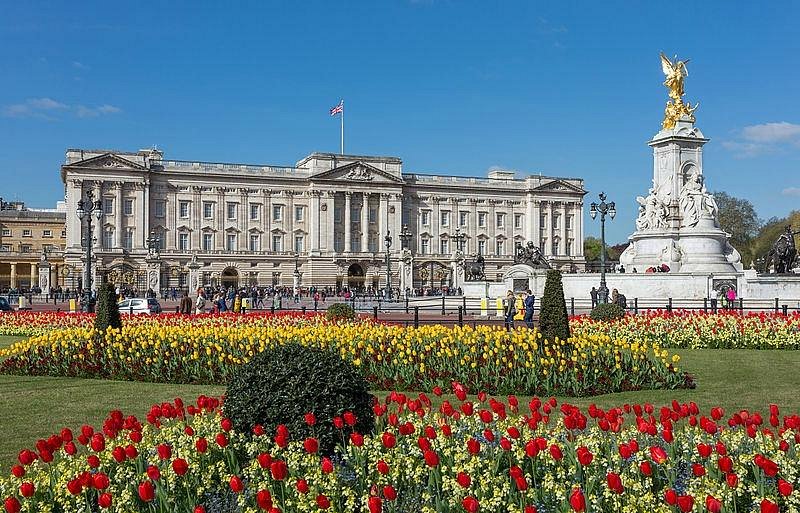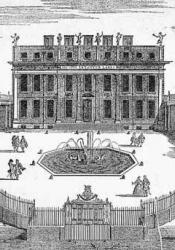The building of Buckingham Palace
Buckingham Palace is the home and administrative headquarters of Britain's monarchs, originally built as a large townhouse for a duke in 1703. Since then, it has had an expansive history, where it turned from essentially a country home, to a 700-room palace. It was built by the Duke of Buckingham, and later purchased by King George the 3rd in 1762, for 28000 pounds. It was then given as a gift to Queen Charlotte in 1775.
The building was then renovated by George the Fourth, who never ended up living there. The first monarch who lived there was Queen Victoria. Even then it was not used as a proper, stable home and seat for the royalty, as it fell into disrepair. As time went on it was only used for ceremonies and balls. George the fifth and Queen Mary lived there in the 20th century, making it much more home-like.
It was also a victim of The Blitz, however it was used to celebrate the end of World War Two with the royal family and Winston Churchill.
At its current state it is home to over 700 rooms, including a cinema, swimming pool, post office, chapel, and even a surgery room. The upkeep and running of a building this size, along with its administrative purposes, requires over 600 employees. There are 760 windows. There are 350 clocks requiring two full-time clockmakers. There is a full-time fendersmith employed (clean and maintains fireplaces) - and there are 300 chimneys. The garden at Buckingham palace is 42 acres. That is about 31.8 football fields. This garden is home to a mulberry tree over 400 years old (1567). There is a museum on the grounds, and there is said to be over 10 million euros worth of art and antiques - not all of it on display.
Sacyr. “Buckingham Palace's Hidden Secrets.” Sacyr Blog, 20 Oct. 2022, https://www.sacyr.com/en/-/los-secretos-que-esconde-el-palacio-de-buckin...
Vickers, Hugh. “The History of Buckingham Palace.” British Heritage, British Heritage, 13 Mar. 2023, https://britishheritage.com/history/history-buckingham-palace.


